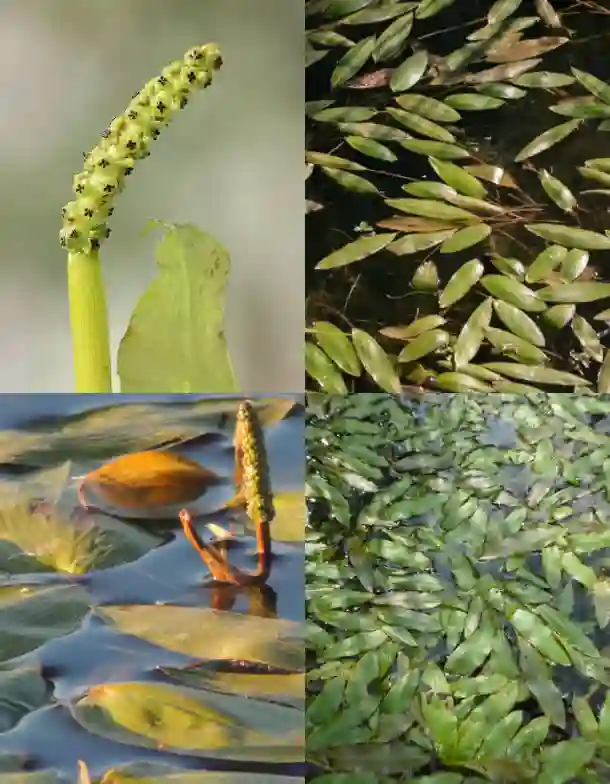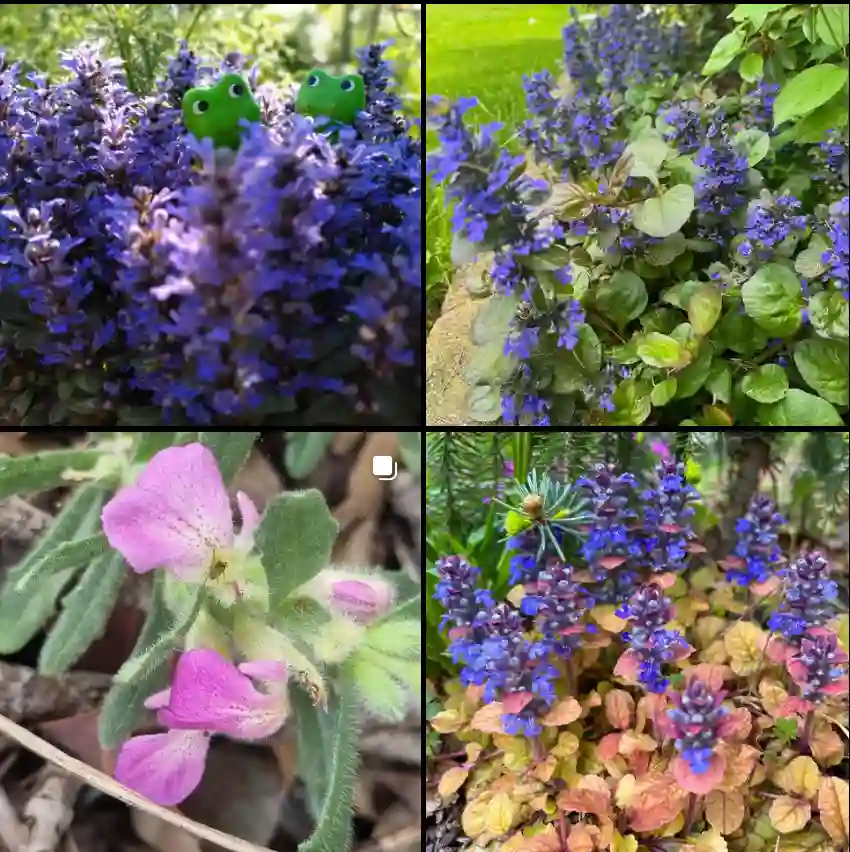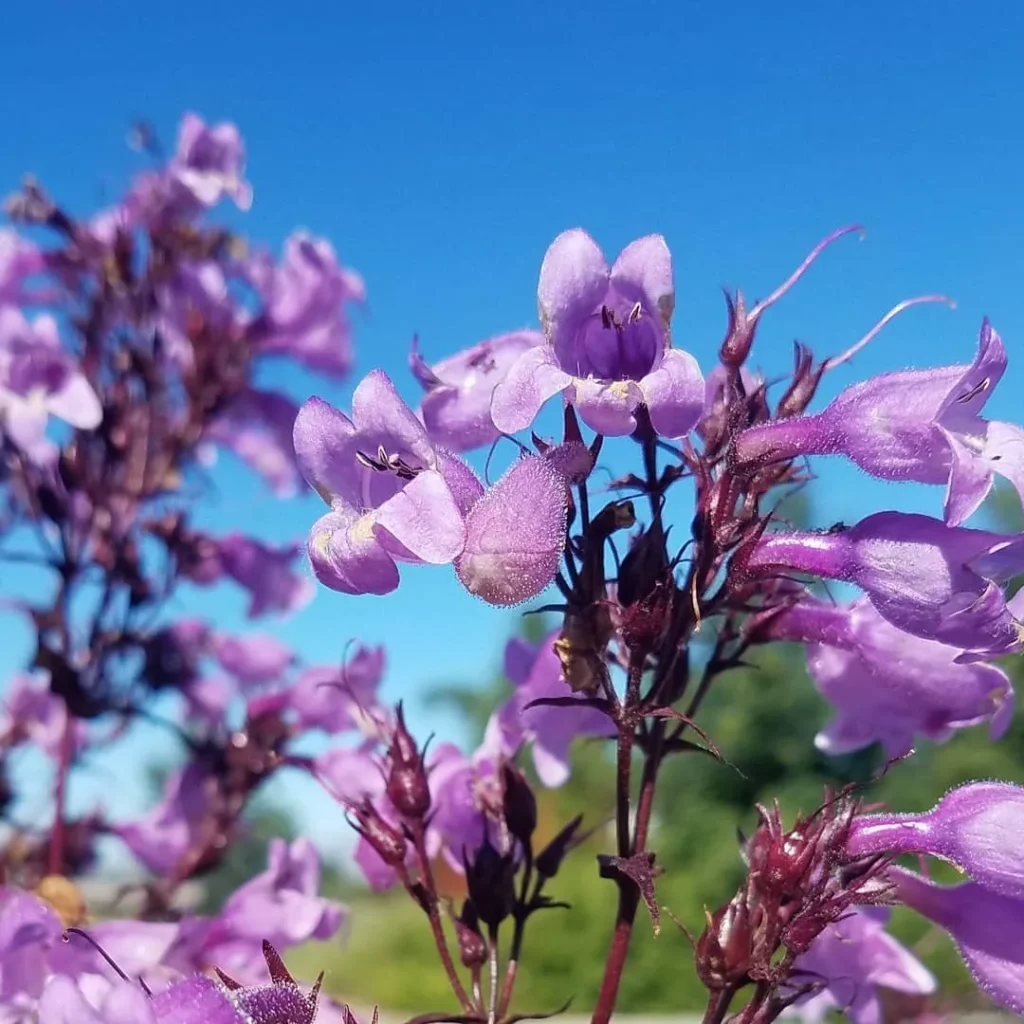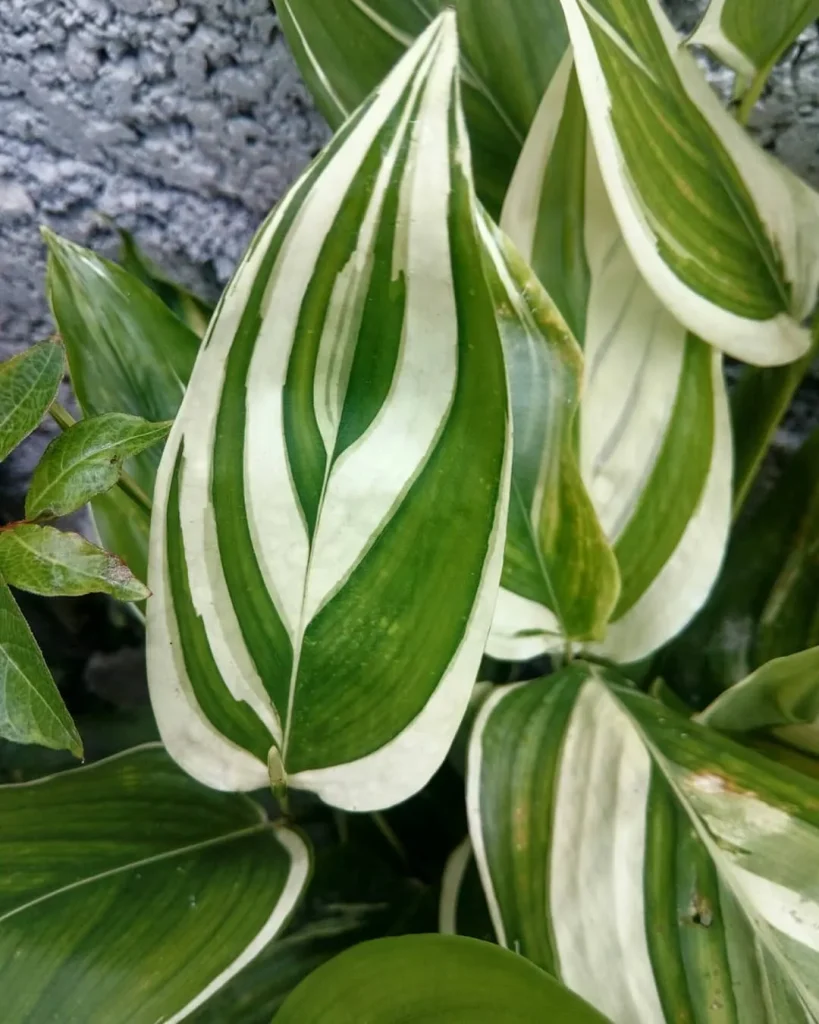FAQs About Clematis Lanuginosa
Clematis Lanuginosa, often referred to as the woolly clematis, has captured my attention with its stunning blooms and versatility in the garden. As I’ve dived deeper into caring for and cultivating this lovely plant, I’ve gathered answers to some frequently asked questions. Here’s what I’ve learned.
391 Species in Genus Clematis
What Is Clematis Lanuginosa?
Clematis Lanuginosa is a deciduous climbing vine native to Europe. It boasts large, star-shaped flowers that bloom in shades of lavender to white, typically from late spring to early summer. The plant can grow up to 10 feet tall and prefers to climb on trellises, fences, or other supports. One of its standout features is the fluffy, soft texture of its flower petals, which gives it the common name “woolly clematis.”
How to Care for Clematis Lanuginosa?
Caring for Clematis Lanuginosa is relatively straightforward, and I’ve found that a few key practices make a big difference. Here are my top tips:
- Sunlight: This clematis thrives in full sun to partial shade. I place mine in a location where it gets at least six hours of direct sunlight daily.
- Soil: Well-drained, rich soil is crucial. I mix in compost to improve drainage and fertility.
- Watering: Consistent moisture is vital, especially during dry spells. I water mine deeply once a week, allowing the soil to dry slightly between waterings.
- Pruning: Pruning is essential for healthy growth. I prune my Clematis Lanuginosa right after flowering to encourage new growth for the following year. I usually remove dead or weak stems and shape it as needed.
How to Propagate Clematis Lanuginosa?
Propagation can be an exciting part of gardening. I’ve had success with a couple of methods:
- Cuttings: In late spring, I take 4- to 6-inch cuttings from healthy stems. After removing the lower leaves, I dip the cut end in rooting hormone and place it in a pot filled with a mix of peat and perlite. Keeping it moist and in a shaded spot usually yields roots within a few weeks.
- Division: Another effective way is through division. I dig up established plants in early spring, ensuring each division has healthy roots. Replant them immediately in prepared soil.
What to Plant With Clematis Lanuginosa?
Companion planting can enhance the garden’s aesthetics and health. I’ve had good results pairing Clematis Lanuginosa with:
- Roses: The romantic combination of clematis and roses creates a beautiful vertical garden.
- Lilacs: Their complementary blooming times and colors make for a lovely display.
- Tall Perennials: Plants like delphiniums or phlox provide support while enhancing the garden’s verticality.
Is Clematis Lanuginosa Toxic?
Clematis Lanuginosa is generally considered non-toxic. However, as a precaution, I avoid ingesting any part of the plant. While it’s not harmful to pets, it’s best to keep an eye on curious animals, just in case they munch on a leaf or two.
Benefits of Growing Clematis Lanuginosa
I’ve found several benefits to having Clematis Lanuginosa in my garden:
- Aesthetic Appeal: Its vibrant flowers add charm and beauty to any space.
- Attracts Pollinators: Bees and butterflies are drawn to its blooms, which benefits the entire garden ecosystem.
- Vertical Interest: Its climbing nature allows me to utilize vertical space creatively, making it perfect for small gardens.
Common Problems and How to Solve Them
Like any plant, Clematis Lanuginosa can face a few challenges. Here are some issues I’ve encountered, along with my solutions:
- Wilting Leaves: This can be a sign of underwatering or root rot. I ensure the soil is adequately moist but not waterlogged.
- Powdery Mildew: If I notice this white powdery substance on the leaves, I increase air circulation and apply a fungicide if necessary.
- Pests: Aphids and spider mites can be a problem. I keep a close eye on my plants and use insecticidal soap or neem oil for treatment.
Compare with Other Similar Plants
When choosing a climbing plant, I often compare Clematis Lanuginosa with similar varieties, like:
- Clematis Jackmanii: Known for its deep purple blooms, Jackmanii is more vigorous but requires similar care.
- Clematis Nelly Moser: This variety blooms later in the season and features a different color palette, but its care is quite similar.
In my experience, while both are beautiful, I appreciate the unique charm of Clematis Lanuginosa’s woolly flowers.
Final Thoughts
Clematis Lanuginosa is a delightful addition to any garden. Whether you’re a seasoned gardener or a beginner, its beauty and relatively easy care make it a worthwhile choice. By understanding its needs and potential challenges, you can enjoy a flourishing display of flowers for years to come. Happy gardening!
If i die, water my plants!



